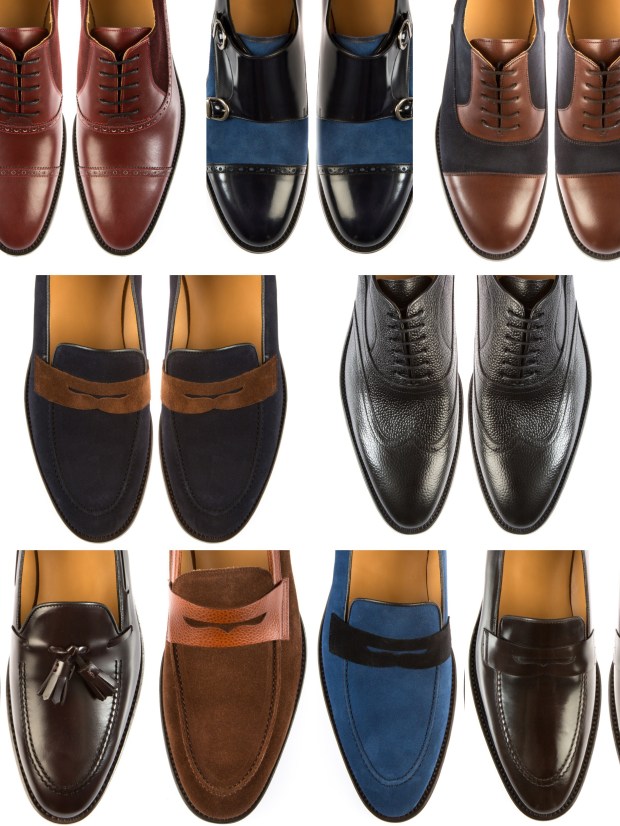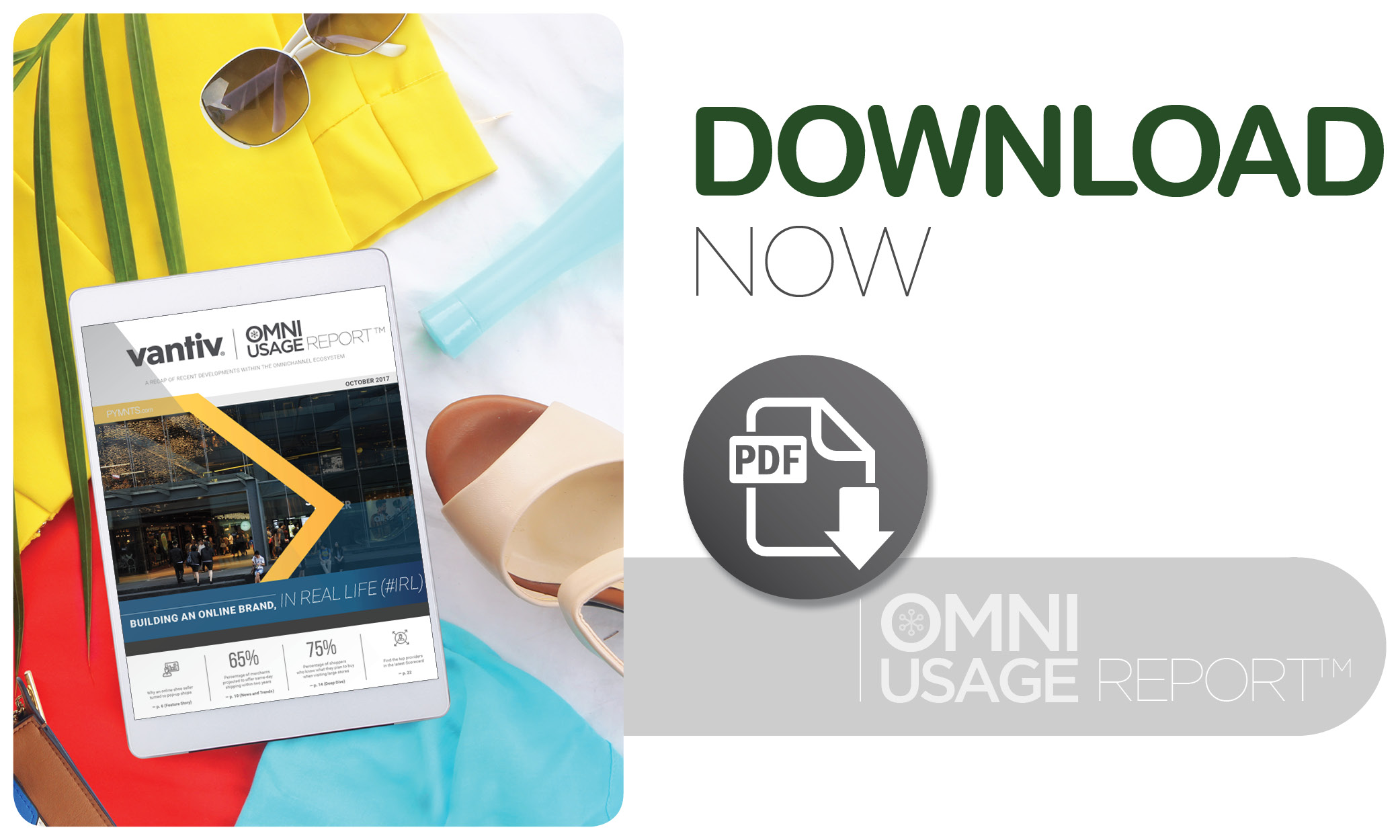TRENDING: The Role Of Pop-Up Shops In Driving Omnicommerce

Customers are increasingly making purchases online and making decisions based on shipping – namely, how fast and how cheaply a retailer can get products to their doors. But what can merchants do when shipping can’t be sped up?
In the new PYMNTS.com Omni Usage Report, a Vantiv collaboration, PYMNTS delves into the new tools and solutions designed to help retailers increase shipping speeds while cutting logistical costs. It also examines how one online retailer is making up for an inability to ship quickly due to custom manufacturing time and turning to real-world elements to build an online brand.
Around The Omni Usage World
If shipping is the name of the game, merchants are ready to play ball. Recently, both traditional brick-and-mortar merchants and online sellers have been looking to get customers’ purchases onto their doorsteps – or into their cars – as quickly as possible, thanks to newly debuted tools and solutions.
Walmart, for example, is looking to make delivery a completely painless pursuit, debuting a new program that will put consumers’ produce right into their fridges for them – even if they aren’t home to receive the deliveries. The company is collaborating with smart door lock maker August on the new service.
Similarly, Wayfair recently debuted a new feature allowing customers to track deliveries in real time, down to a driver’s exact location and estimated arrival time. Customers will now receive a text and email the day of a delivery, which will include a link to a GPS map displaying the driver’s location and a way to contact Wayfair customer service to adjust or manage delivery status.
The Omni Usage Report includes a data-rich Deep Dive on consumer behavior at large and small retailers, full of findings on differing consumer motivations, expectations and purchasing factors.
For more of the latest notable Omni Usage news and trends, as well as the data Deep Dive, check out the report.
Building An Online Brand In Real Life
For some companies, like Qüero, a high-fashion shoe retailer specializing in custom, made-to-order footwear, speed just isn’t an option. As founder Randy Shuken explained in a recent interview with PMYNTS, no matter which solutions the company implements, they won’t solve their biggest shipping problem. After all, shoes that are handmade in Spain can take days or weeks to craft correctly and then to reach the consumers’ homes.
So, Shuken had to find a different way to compel consumers to make a purchase and get customers into his shoes. As he explained, he turned to pop-up shops as a way to build the Qüero brand and help make consumers feel confident that, even if they had to wait for their shoes, they’d get exactly what they paid for when the delivery finally arrived.
“The pop-up shops give customers a chance to see what looks good on them, what’s comfortable to them and … the kind of product they can expect to get from us,” Shuken said. “There’s nothing more disappointing than ordering something online and it not being up to the quality you expect and that you paid for. These [pop-up shops] give customers a sense of security that they will get what they paid for.”
To read the full story, download the report below.
To download the October edition of the PYMNTS.com Omni Usage Report™, a Vantiv collaboration, click the button below:
The PYMNTS.com Omni Usage Report™, a Vantiv collaboration, features industry-spanning research and insights that arm retailers with data to make smarter decisions for enabling omnichannel commerce.

